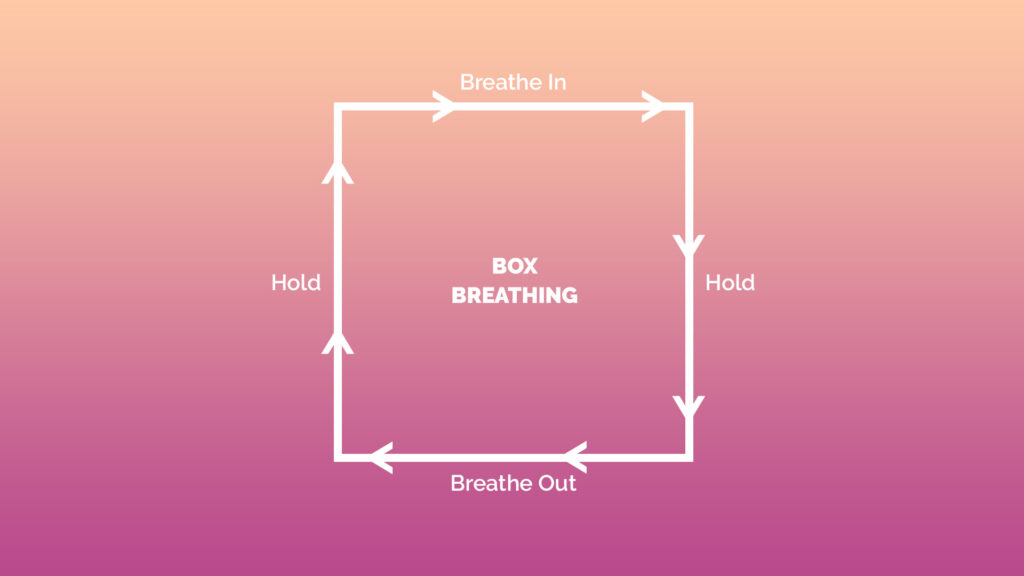Innovation
One effective way of ensuring well-functioning lungs is through regularly practicing breathing exercises.
Evaluation System
Blinded analysis of data demonstrated increased ejection fraction and decreased estimated pulmonary pressure in the echocardiograms of the treated group versus controls and favorable changes in New York Heart Association class, Ve/Vco(2), FEV(1), and a quality of life measure, as well (all P<0.05).
Assessment
These exercises strengthen the respiratory muscles and also improve your lung capacity and efficiency. If you too want to boost your lung health, try these five highly effective breathing exercises.
References
Parati, G., Malfatto, G., Boarin, S., Branzi, G., Caldara, G., Giglio, A., Bilo, G., Ongaro, G., Alter, A., Gavish, B., & Mancia, G. (2008). Device-guided paced breathing in the home setting: effects on exercise capacity, pulmonary and ventricular function in patients with chronic heart failure: a pilot study. Circulation. Heart failure, 1(3), 178–183.
doi.org/10.1161/CIRCHEARTFAILURE.108.772640








